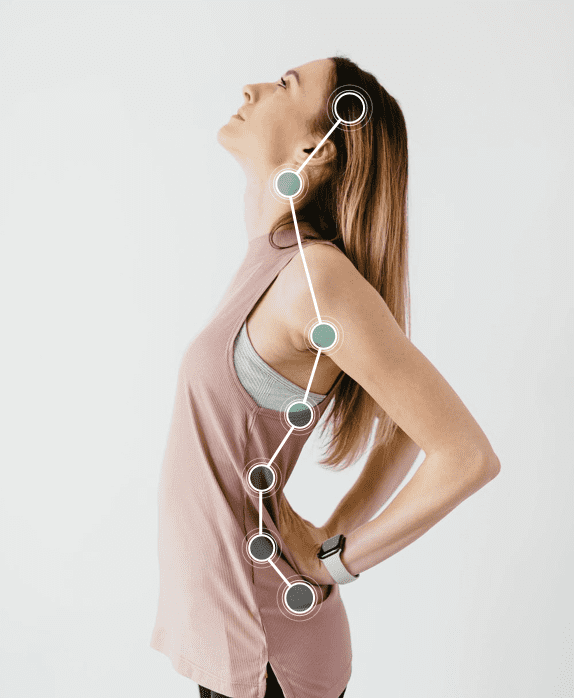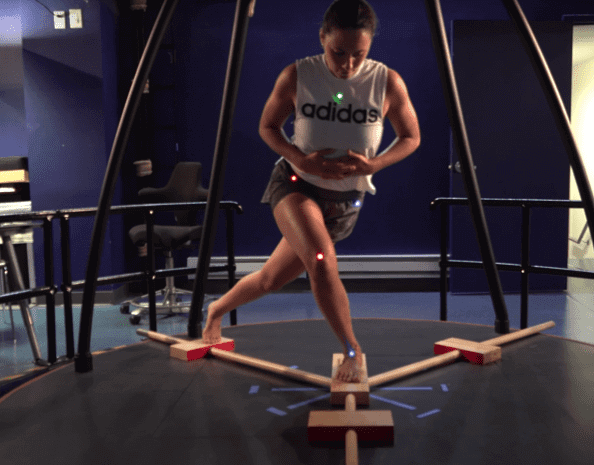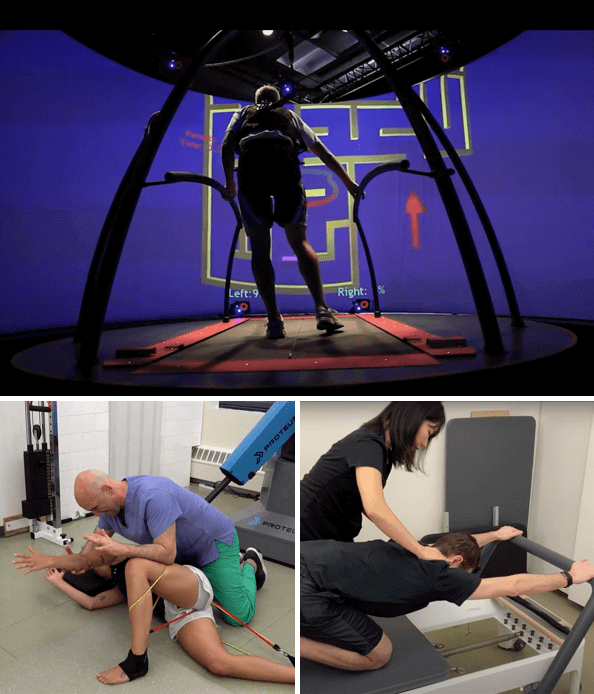The foundation of human posture is developed during the first year of life, as an infant gradually learns to defy gravity and begins to stand and walk. Optimal posture distributes your body mass in ways that minimize structural wear and tear and require the least amount of energy to defy gravity when sitting, standing or moving.
Over time, bad habits, repetitive movements and injuries can throw your spine and joints out of alignment, increasing wear and tear and causing motor deficits that lead to pain and dysfunction. Posture restoration retrains your body to automatically assume optimal alignment, for efficient pain-free movement and a more youthful appearance.
or
Dr. Kalika is an expert in human movement science and chiropractic care. He has revolutionized the diagnosis and treatment of musculoskeletal pain and dysfunction by introducing high resolution diagnostic ultrasonography for structural diagnosis, combined with gait and motion analysis technology to visualize and objectify the functional movement of the human body.
As part of his training, Dr. Kalika studied under and trained with the world-famous founder of the science of muscle imbalance, Dr. Vladimir Janda. He also studied under and was certified by Dr. Bernard Bricot, a French orthopedic surgeon who developed the field of posturology, for postural restoration. Dr. Bricot has written numerous scientific papers on the subject of human posture, and is author of the breakthrough book, “Total Postural Reprogramming.” The privilege of learning directly from some of the greatest minds in the field of musculoskeletal rehabilitation has equipped Dr. Kalika with a deep understanding of human movement disorders, and a unique skill set for resolving them.
The motion and gait analysis lab at NYDNRehab is the only private lab in the US to feature research-grade technology, normally found only at top research universities, and made available to patients in our private clinic. We believe that what cannot be accurately measured cannot be successfully treated.
Dr.Kalika’s expertise in human movement and rehabilitation is sought by professional athletes, runners and dancers across the United States.
ShowMotion is an objective tool for joint movement analysis that uses motion tracking sensors, placed on the patient’s skin to collect data about movement quality. The patient performs a series of joint-specific movements, and the data is analyzed by ShowMotion’s proprietary software and displayed on a computer screen. The collected information provides valuable insights about inefficient movement patterns, compensation patterns, and improvements in movement in response to therapy, enabling practitioners to personalize rehabilitation.
ShowMotion is similar to gait /running analysis, but for the neck, shoulder and scapular region. This cutting-edge technology can play a key role in postural restoration. ShowMotion can also contribute to athletic performance enhancement by measuring baseline joint kinematics and tracking the athlete’s progress in response to training.
When assessing posture, many practitioners use antiquated tools and human visual analysis that fail to provide precise metrics for postural alignment. Faulty assessment is often followed up with cookie-cutter exercises that fail to address the underlying causes of poor posture.
At NYDNRehab, we believe that what cannot be accurately measured cannot be successfully treated. We use advanced technological tools to assess joint angles, weight distribution, spinal alignment and gait deficits, to get a clear and comprehensive picture of your overall static and dynamic posture. We then analyze your collected data and use the results to design a personalized posture restoration program based on your unique profile.

The structures of your body are interdependent, and deficits in one area can impact the alignment of your entire kinetic chain. Beginning from the soles of your feet upward, good posture relies on optimal alignment of every joint.
At NYDNRehab, we use advanced technology to scan and assess your postural alignment from head to toe.



Poor posture is fundamentally a degeneration of your musculoskeletal alignment that worsens over time. The best way to prevent poor posture is to exercise regularly.
A well-designed resistance training program that balances muscle tension throughout your body is highly effective for achieving and maintaining optimal postural alignment. Yoga is also effective for optimizing alignment and keeping your muscles and connective tissues balanced, strong and supple.

Practicing mindfulness about your posture while sitting, standing and moving, and correcting your posture periodically throughout the day can help. If your occupation requires you to sit for long hours in front of a computer, take frequent breaks to get up, move around and stretch.
Regular chiropractic care can help release tight structures, relieve pain, and correct spinal alignment to promote healthy posture.

At NYDNRehab, we never take a one-size-fits-all approach to corrective therapy. We see each patient as a unique individual, and design personalized treatment plans based on your complete diagnostic profile. We work one-on-one with our patients to ensure you receive the highest quality care, and get the best possible results.
Independent peer-reviewed research relevant to this treatment approach.